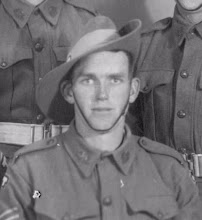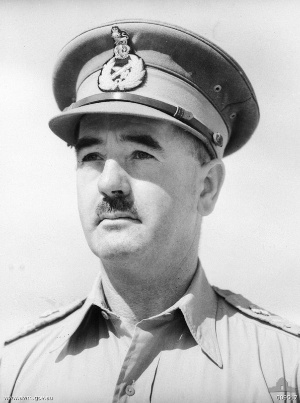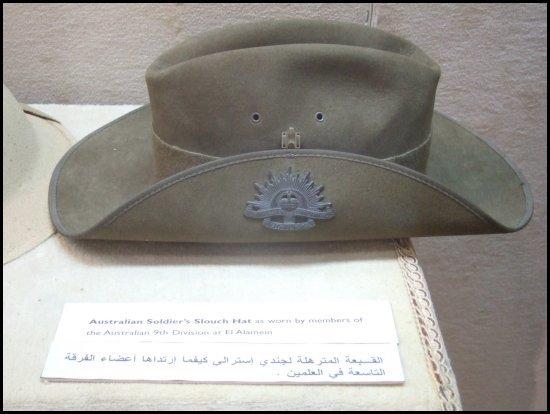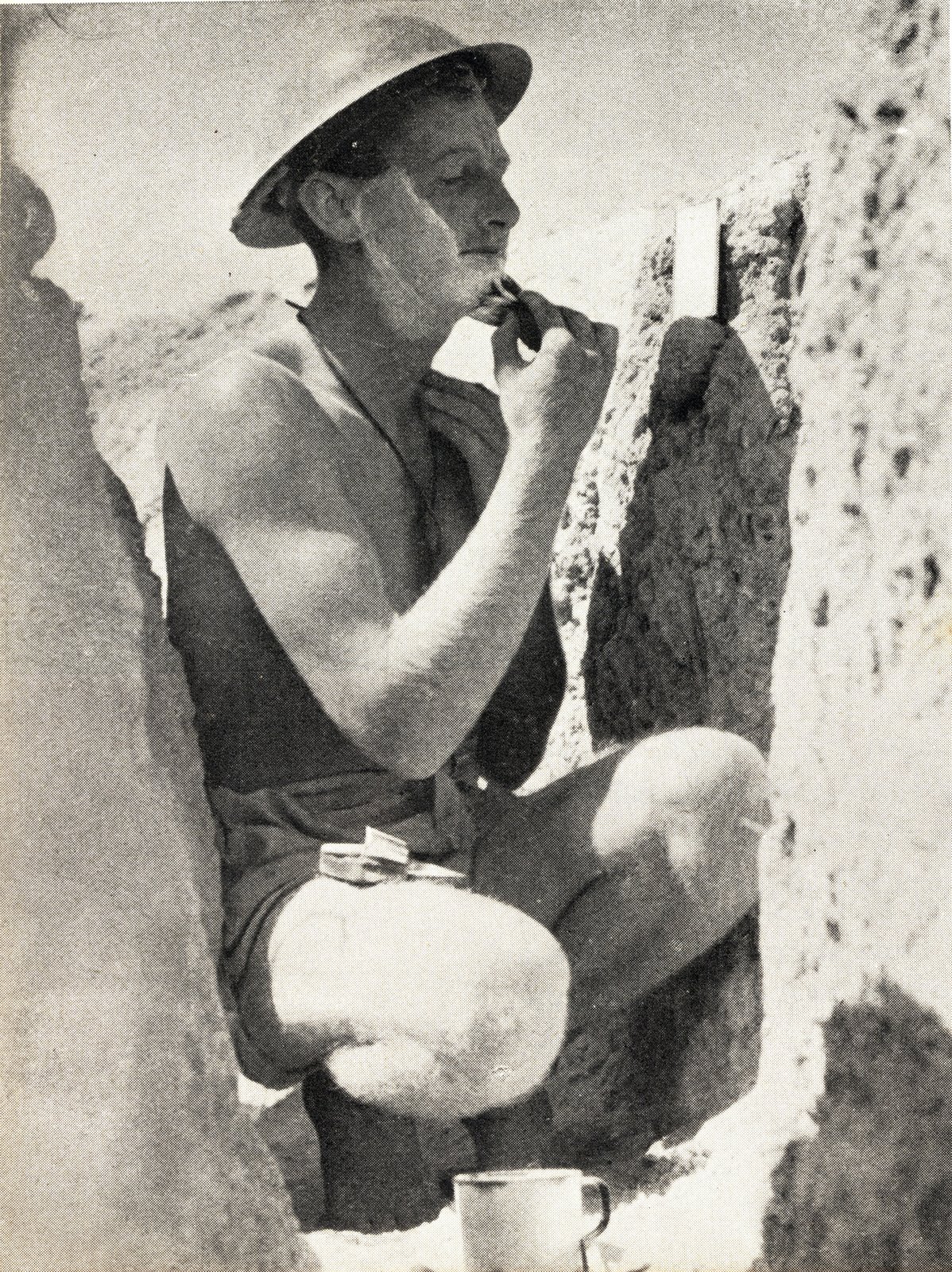
NX21849 Pvt. Elson Evered Bell on leave, aged 18 years.
If you are thinking that Pvt. Bell of the 2/17th Infantry Battalion looks young, that's because he was. Following in the time honoured Australian tradition of not being entirely truthful about your age to go to war Pvt. Bell bumped up his age by 5 years to meet the strict age requirements of the Second A.I.F.
Being only 16 years, 7 months old when he enlisted on 27th May 1940 (the day before my Grandfather) Pvt. Bell was the youngest man Mentioned in Despatches (MiD) at Tobruk.
The Australian War Memorial writes "Private K E Bell, A Company, 2/17th Infantry Battalion ... was aged 17 years when he was Mentioned in Despatches for bravery at Tobruk. During an offensive patrol he carried in his officer although wounded himself. The officer later died."
The Australian War Memorial credits this photo as being of Pvt. K. E. Bell of the 2/17th Battallion. My personal research has led me to believe that the baby faced Rat of Tobruk was actually Pvt. E. E. Bell who was, like the AWM states, a member of A Coy. 2/17th Battalion who was Mentioned in Despatches and wounded in Tobruk.
The nominal roll of the 2/17th Battalion shows only one soldier with a surname of Bell who was wounded at Tobruk, and no soldier with a name of K.E. Bell. The nominal roll of the 2/17th lists his service number as NX21849 and also mentioned was the fact that he was wounded not only at Tobruk, but also Alamein and New Guinea. He was discharged on 30th November, 1945 having just celebrated his actual 21st birthday the month before. How bizarre to think that Pvt. Bell fought a World War for 5 years and won all before his 21st birthday.
They don't make 'em like him anymore.
image 024225 Australian War Memorial
Nominal roll research from "What we have, we hold - A history of the 2/17th Australian Infantry Battalion", 2/17th Battalion History Committee, Sydney.









